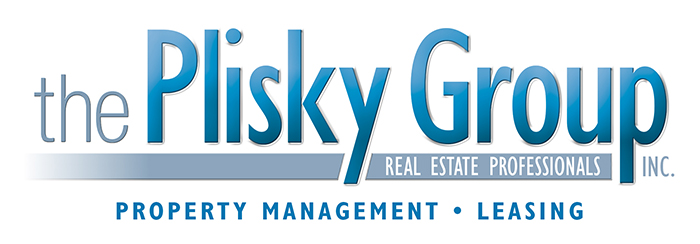
Please be sure to look under the Apply Now tab for more available properties that may not be in the MLS or shown here.
Understanding Proposition 13
Background: On June 6th, 1978, nearly two-thirds of California's voters passed Proposition 13, reducing property tax rates on homes, businesses and farms by about 57%. Now, according to the newly amended state constitution , property tax rates could not exceed 1 percent of the property's market value and valuations couldn't grow by more than 2% per annum unless the property was sold.
Prior to Proposition 13, the tax rate throughout California averaged a little less than 3% of market value, and there were no limits on increases either for the tax rate or property value assessments. Some properties were reassessed 50% to 100% in just one year and their owners' tax bills jumped correspondingly. Under the tax cut measure, property tax valuation was set at the 1976 assessed value. As stated above, property tax increases on any given property were limited to no more than 2% a year as long as the property was not sold. Once sold, the property was reassessed at 1% of the new market value with the 2% yearly cap placed on this new assessment. Thus, the new buyer is aware of what the taxes will be and knows the maximum amount property taxes can increase each year for as long as he or she owns the property.
Features of Proposition 13:- One percent rate cap. Proposition 13 capped, with limited exceptions, property tax rates at one percent of full cash value at the time of acquisition. Prior to Proposition 13, local jurisdictions independently established their tax rates and the total property tax rate was the composite of the individual rates.
- Assessment rollback. Proposition 13 rolled back property values for tax purposes to their 1975-76 level.
- Responsibility for allocating property tax transferred to the state. Proposition 13 gave lawmakers responsibility for allocating property tax revenues among local jurisdictions. Prior to Proposition 13, jurisdictions established their tax rates independently and their property tax revenues depended on the rate levied and the value of the property located within the jurisdiction's boundaries.
- Reassessment upon change of ownership. Proposition 13 replaced the practice of annually reassessing property at full cash value with a system based on cast at acquisition. Under Proposition 13, property is assessed at market value for tax purposes only when it changes ownership. Increases in value are limited to an annual inflation factor of no more than 2%.
- Vote requirement for state taxes. Proposition 13 requires any measure enacted for the purpose of increasing state revenues to be approved by two-thirds vote of each house of the legislature.
- Voter approval for local 'special' taxes. Proposition 13 requires taxes raised by local governments for a designated or "special" purpose to be approved by two-thirds of the voters.
